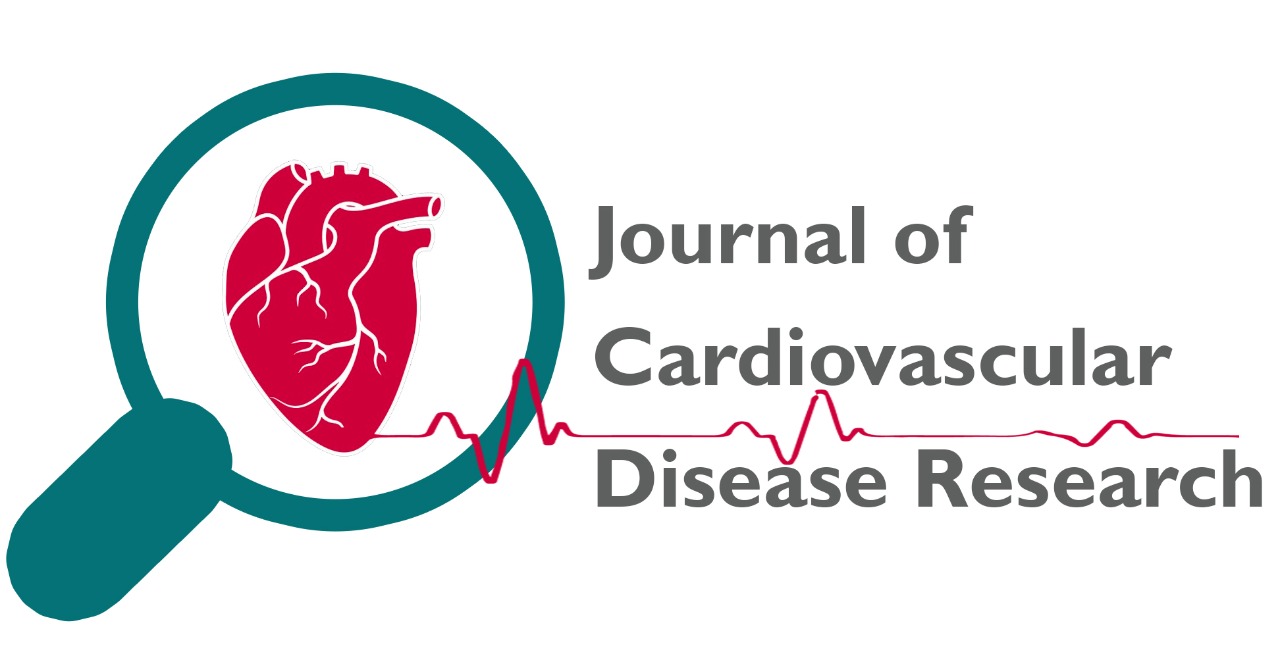
A Study of Maternal and Perinatal outcome in Abruptio Placenta
Saritha Kottu, Ritika Malviya, Prathyusha Tanuku
JCDR. 2023: 249-255
Abstract
The overall prevalence of abruptio placenta in pregnancy is estimated to be 0.4-1%. Even though it is low prevalence, in developing countries this condition is one of leading causes of all deaths that occur during the perinatal period. Objective: To study risk factors, maternal and perinatal outcome in diagnosed cases of Abruptio Placenta Methods: A hospital based prospective study was carried out over a period of two years among 55 cases of abruptio placenta. Detailed history, clinical examination and investigations were carried out. Apart from assessing maternal and neonatal complications, Sher-Statland classification was used to grade the severity of cases of abruptio placenta. Results: In this study, majority of pregnant women (74.5%) with abruptio placenta were of the age group 20-25 years and most of them were near term i.e., around 33-36 weeks of gestation. Vaginal bleeding was the most common presenting symptom (74.5%) and anemia was most common associated risk factor (74.5%) in the women diagnosed with abruption. Almost 91% of these women were unbooked with no regular or poor antenatal check-ups and in most of them, abruption was so severe to cause intra-uterine fetal death (61.8%). Mortality rate among the neonates was 14.5% in the present study. Most common maternal complication observed was acute kidney injury (14.5%) and no maternal mortality was observed in this particular study. Conclusion: Acute kidney injury was the most common maternal complication observed. Though neonatal mortality rate is comparatively low among the cases of this study, intra-uterine death was the most common fetal outcome, especially amongst the pregnant women with no prior ANC. Anemia and hypertension were the two most associated risk factors for placental abruption. Early identification of risk factors on regular ANC and timely intervention of the diagnosed abruption cases, would reduce both maternal and perinatal morbidity & mortality.
Description
Volume & Issue
Volume 14 Issue 5
Keywords
|
This is an open access journal which means that all content is freely available without charge to the user or his/her institution. Users are allowed to read, download, copy, distribute, print, search, or link to the full texts of the articles in this journal without asking prior permission from the publisher or the author. This is in accordance with the Budapest Open Access Initiative (BOAI) definition of open access.
The articles in Journal of Cardiovascular Disease Research are open access articles licensed under the terms of the Creative Commons Attribution Non-Commercial License (http://creativecommons.org/licenses/by-nc-sa/3.0/) which permits unrestricted, non-commercial use, distribution and reproduction in any medium, provided the work is properly cited. |
|
|
|
|
|
Copyright � 2022 Journal of Cardiovascular Disease Research All Rights Reserved. Subject to change without notice from or liability to Journal of Cardiovascular Disease Research.
For best results, please use Internet Explorer or Google Chrome POLICIES & JOURNAL LINKS
Author Login
Reviewer Login About Publisher Advertising Policy Author's Rights and Obligations Conflict of Interest Policy Copyright Information Digital Archiving & Preservation Policies Editorial Policies Peer Review Policy Editorial & Peer Review Process License Information Plagiarism Policy Privacy Policy Protection of Research Participants (Statement On Human And Animal Rights) Publication Ethics and Publication Malpractice Statement Corrections, Retractions & Expressions of Concern Self-Archiving Policies Statement of Informed Consent Terms of Use |
Contact InformationJournal of cardiovascular Disease Research,
|




